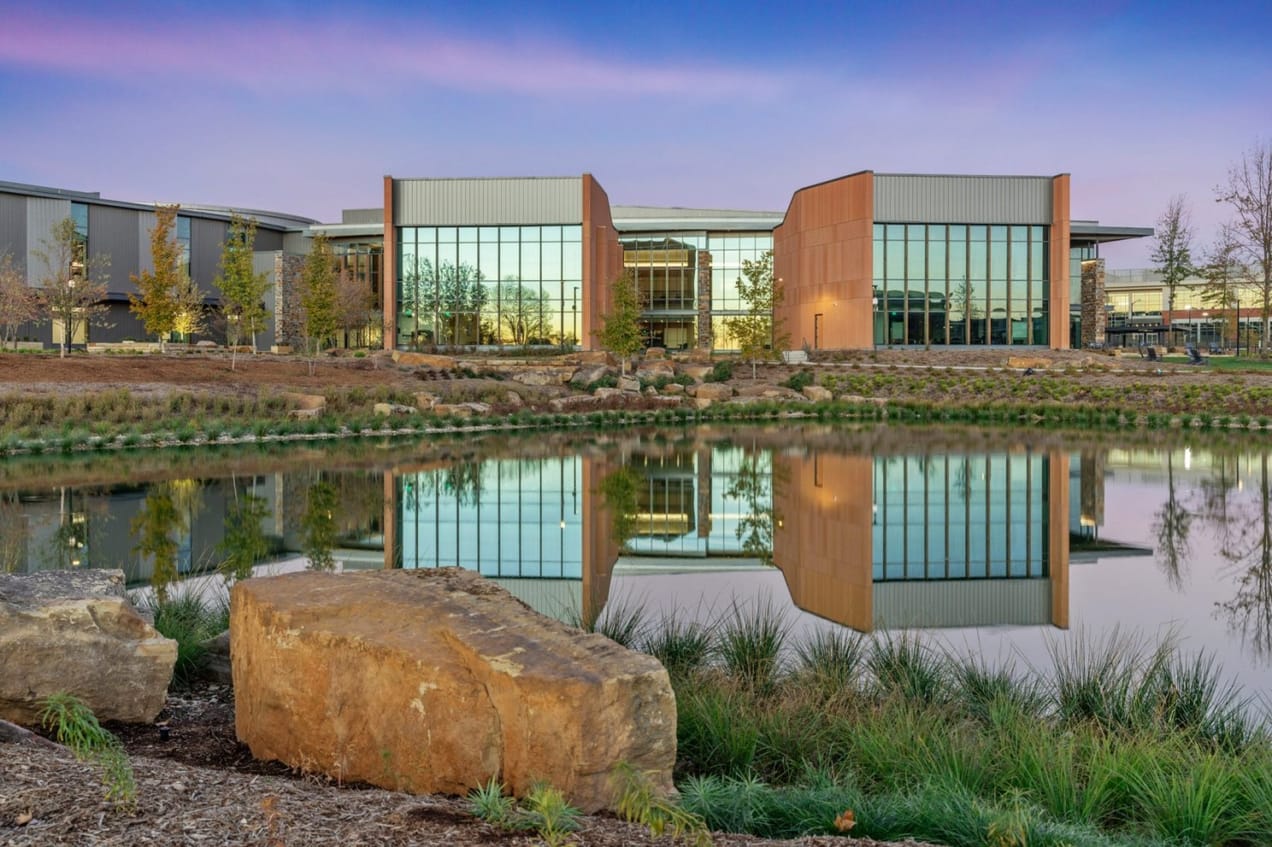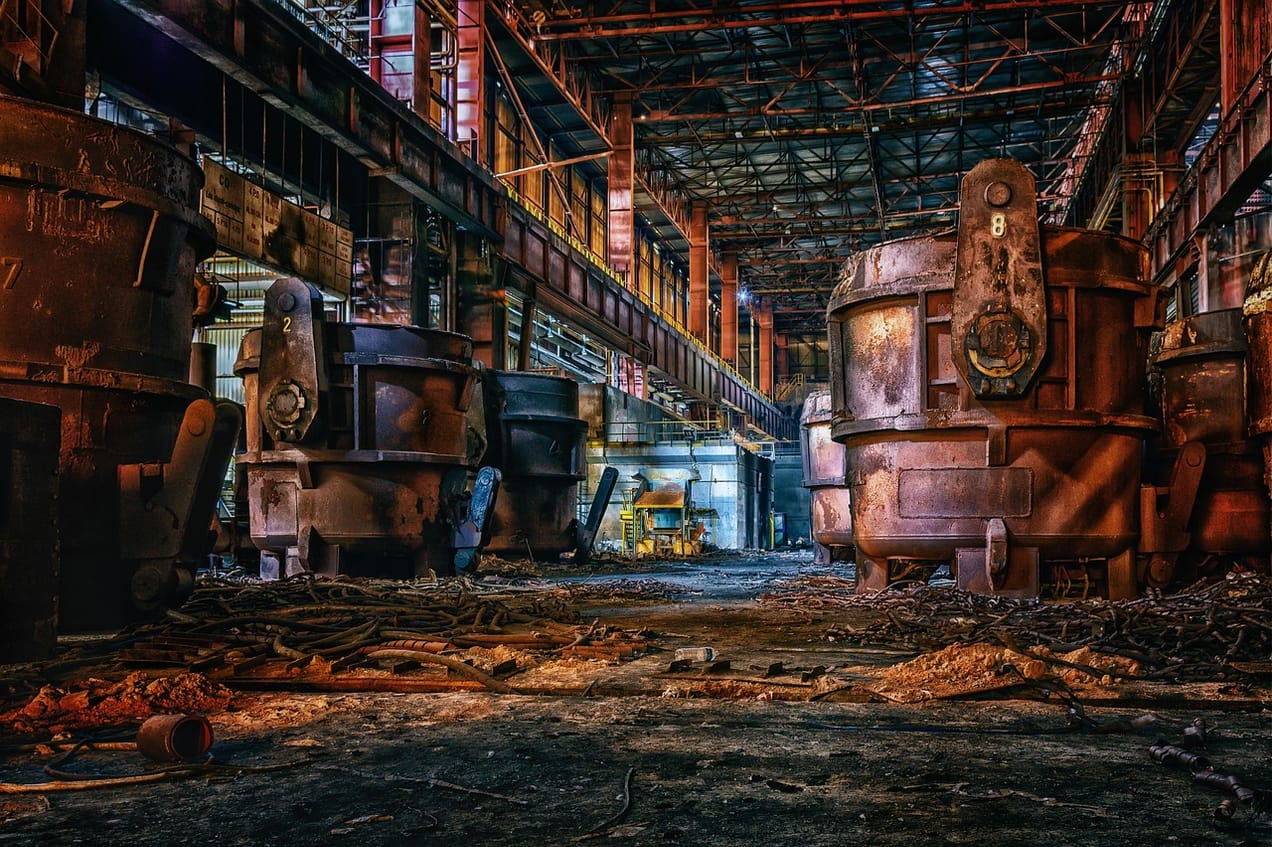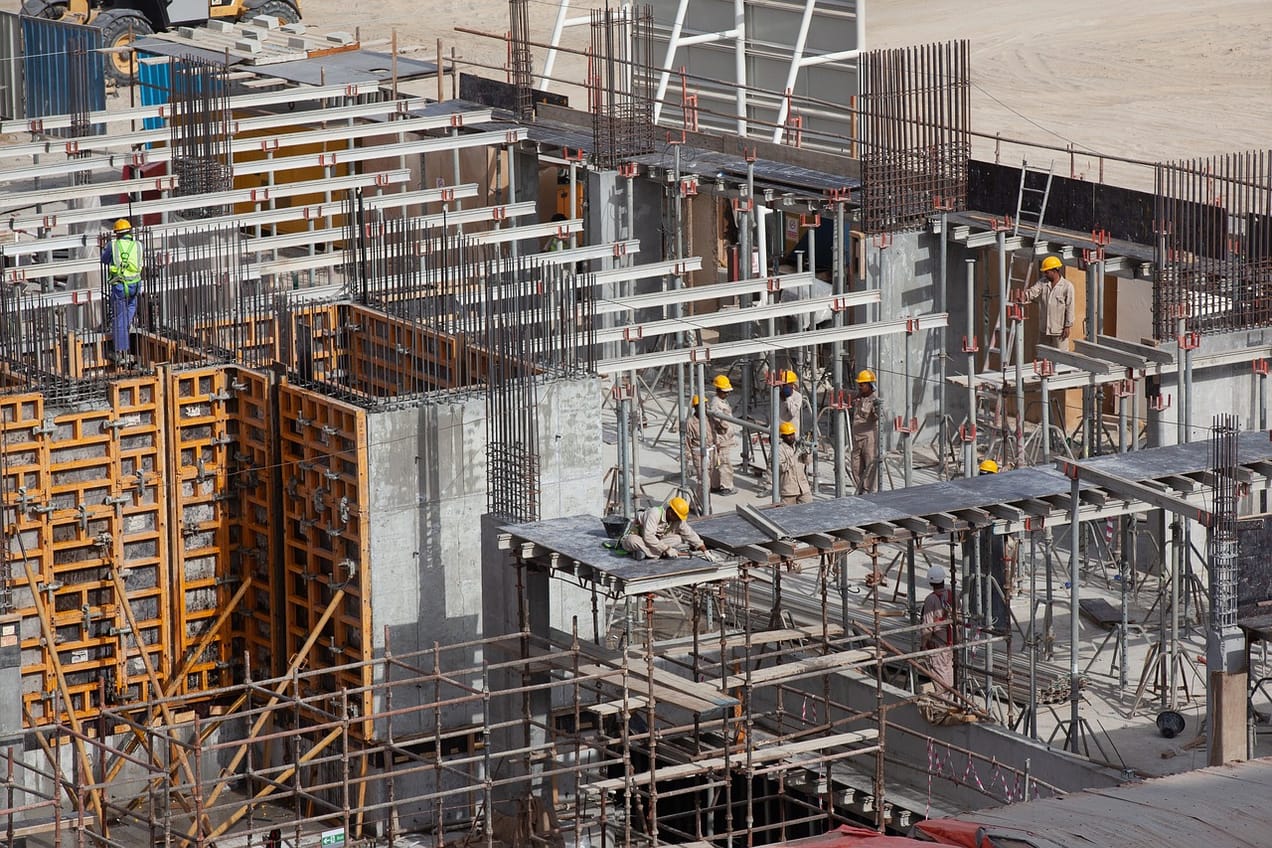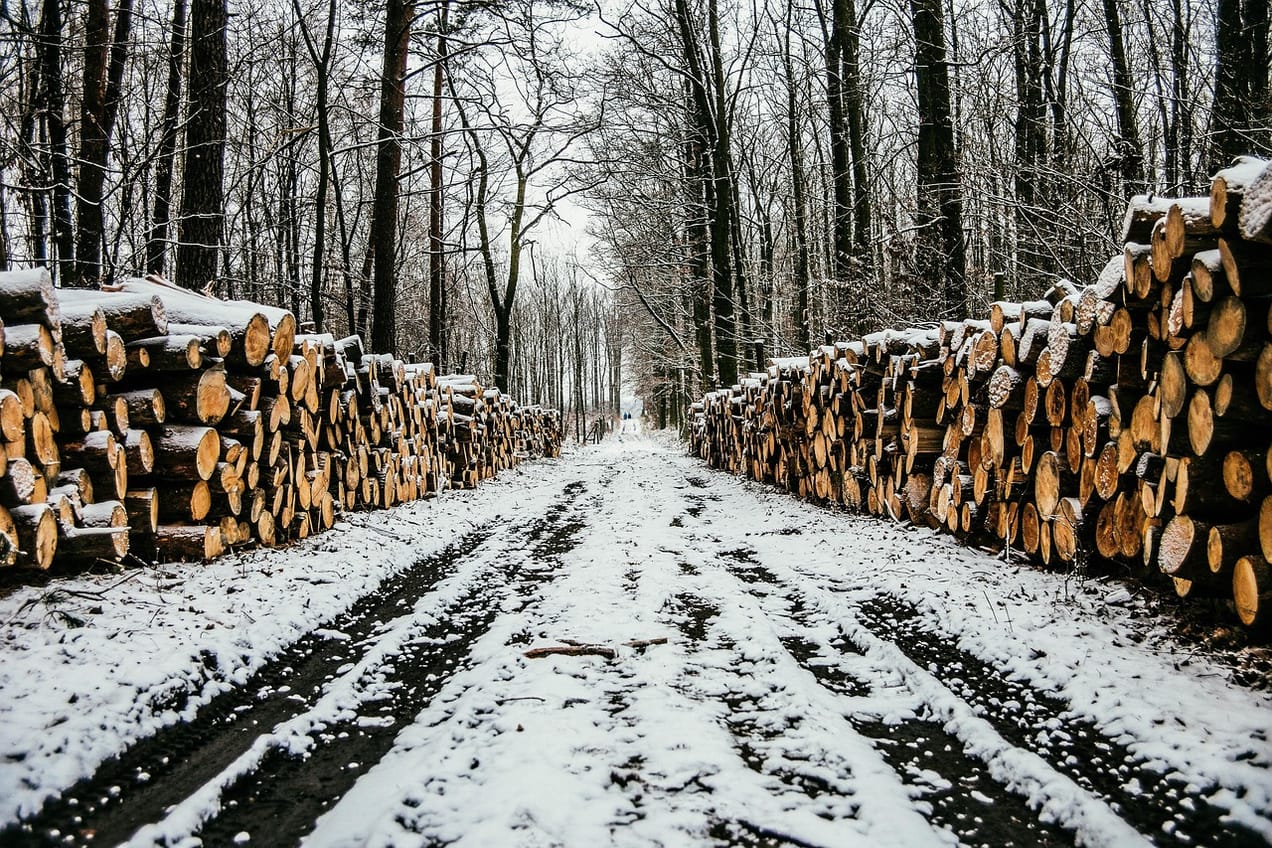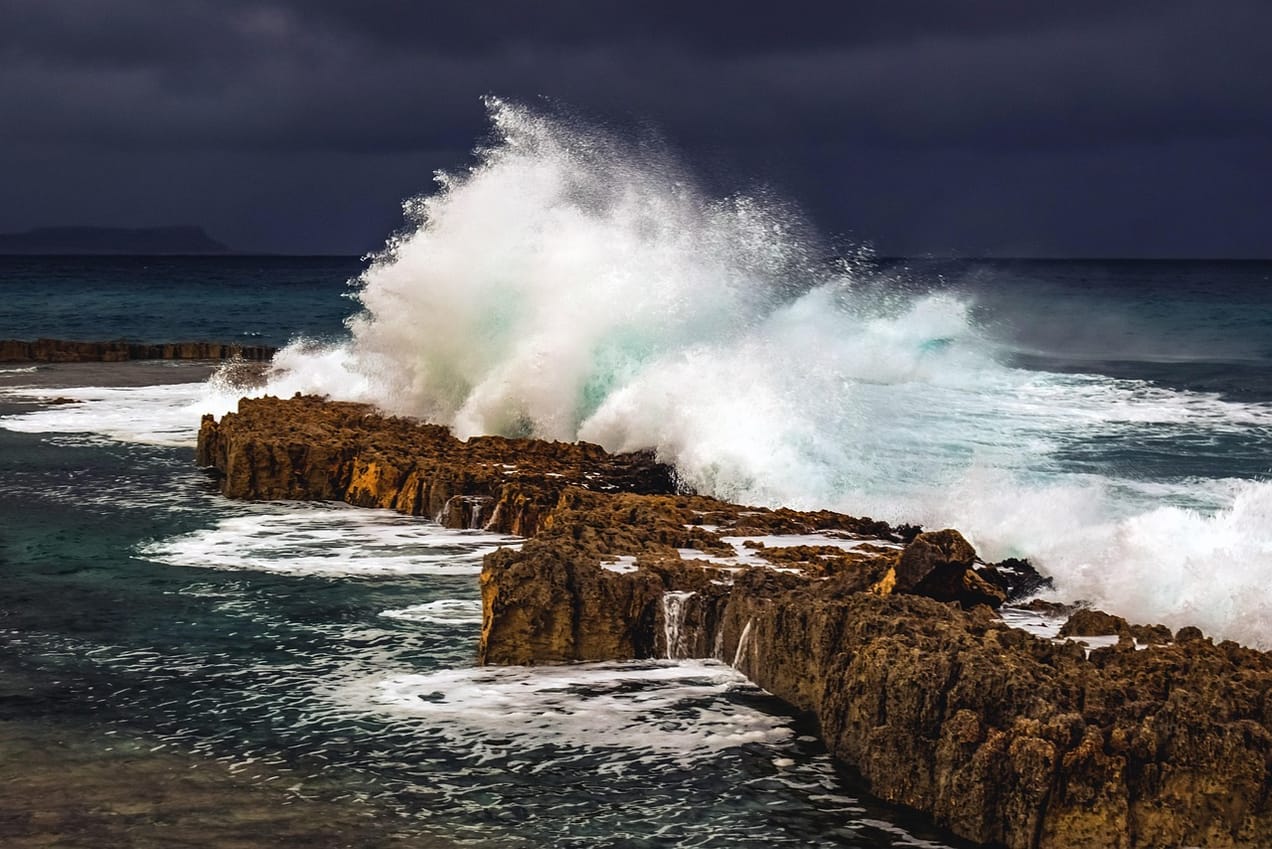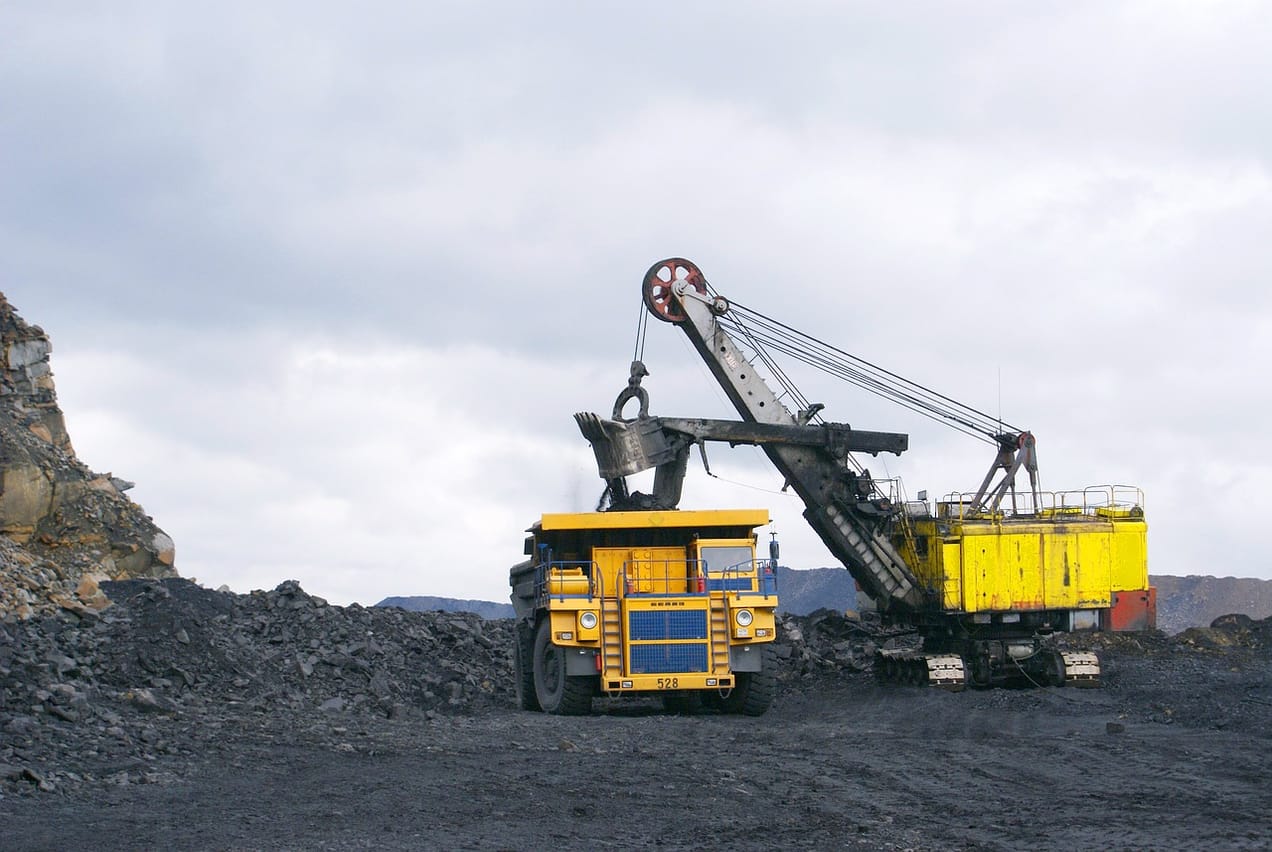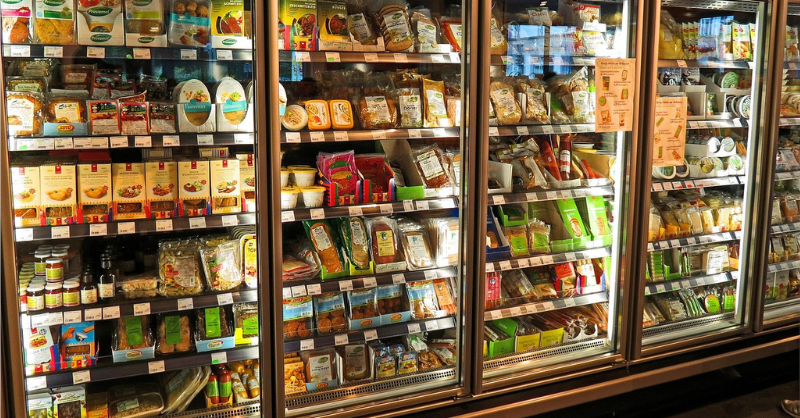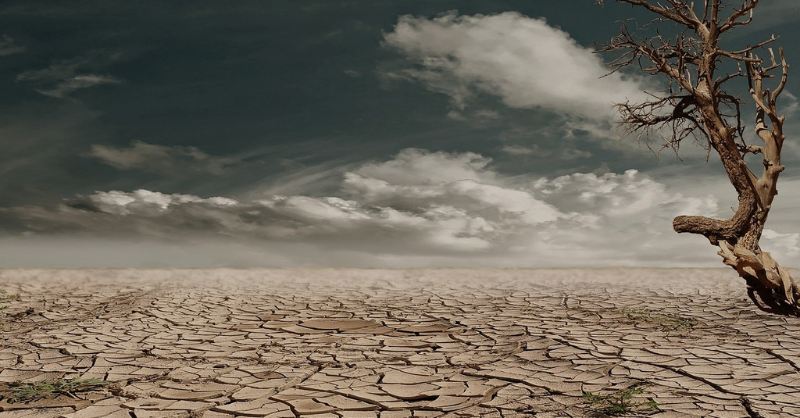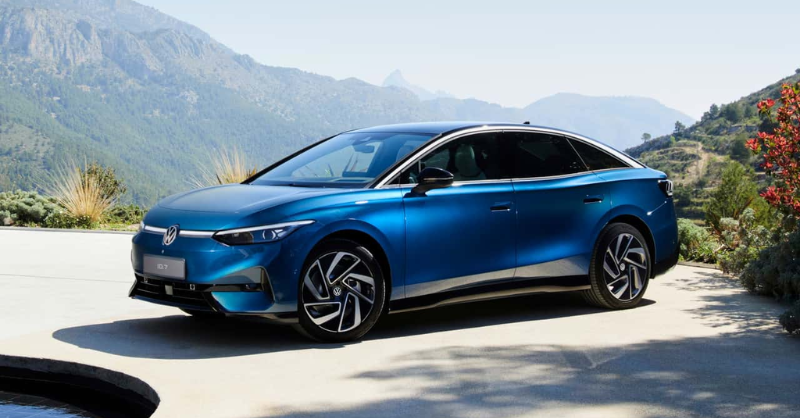Thematic Thoughts
Real world sustainability linked changes and what they might mean for companies and investors
Sunday Brunch: Sustainable investing - what is really in the share price?
We 'know' that a company's share price is determined by what happens in the future. And that this is where sustainability issues play their part, changing the likely course of the future. But how the share price responds depends on what investors are already expecting. Consensus matters.
Sunday Brunch: Flooding and storms are the new (expensive) normal
Climate events such as floods are now more frequent. While globally a small % of the population lives close to the coast, for some countries (including New Zealand) this figure is much higher. Analysis of the NZ situation can help us frame our response. We need to take climate adaptation seriously.
Sunday Brunch: 'Soft' factors are really important for investors
Investors know that soft factors, such as having a happy and motivated workforce, are important drivers of a company valuation. But how do we include factors such as diversity into our investment cases? The first step is to understand the linkages. Not all soft factors are financially material.
Sunday Brunch: Can timber deliver what other carbon capture technologies cannot?
The use of timber in buildings continues to grow, driven by a mixture of environmental and financial considerations. One less explored aspect is the ability of construction timber to lock up carbon for long periods. Could this be a lower cost way of delivering carbon capture & storage?
Investors must cope with uncertainty
One way that investors are different is that we deal with uncertainty. We cannot be sure what the future will bring, but as we invest we can prepare for possible future events. Companies betting on only one outcome, normally the status quo, can be risky. The steel industry is a good example of this.
Better homes are possible - don't just focus on quantity
The building industry faces two big sustainability challenges, greener building operation, and encouraging the use of greener construction materials. And within each challenge lies a massive opportunity. It's not all about quantity, we can also build better - utilising best practice.
Deforestation - an increasing risk for food companies
A lack of supply chain resilience is one of the most material investment risks faced by companies in food related industries. Within this deforestation is becoming more prominent. Put simply, if there is material deforestation taking place within a company's supply chain, the time to act is now.
Insurance - the 'hidden' risk for real assets
Adequate insurance is a crucial part of many financial investments, including homebuying. We take it for granted, until it's no longer available. The impact of climate change is prompting private insurers to exit some markets. But this is not inevitable - resilience investments can reduce the risks.
A new resurrection for coal - probably not
The data for 2024 electricity trends is out. And coal use has grown. Is this a permanent shift away from sustainability toward energy security, implying a new dawn for coal use? Probably not. Investors would be wise to exercise caution - coal mining is likely to remain a sector in terminal decline.
Electricity demand management, jargon and investor communication
We often use too much jargon, and as a result instead of informing investors, we just end up confusing them. This is not a good thing at a time when we want more money to come into sustainability solutions.
How firms adapt to climate change
Do we really think enough about how firms will adapt to climate change. At the risk of sounding defeatist, we are already heading for c. 3 C of global warming. We need companies to prepare = adaption.
Will Europe hit its EV targets, or do fines beckon? Who really knows?
Estimates of the fines the European automotive companies might need to pay for missing emissions targets vary massively. Understanding the company strategies is key, but for this we need better disclosure.



